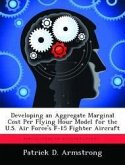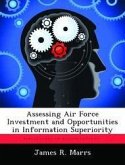This study determines the essential characteristics of an air superiority fighter. Its importance stems from the assumption that air superiority is paramount in any military operation and that fighter aircraft play a major role. Air superiority as well as roles, functions, and missions are defined in chapter one to develop an understanding of the operative terms and definitions used throughout the thesis. This thesis is an in-depth study of the historical characteristics of the air superiority fighter. A complete review of air superiority fighter evolution is divided into four distinct generations. The review includes example aircraft that highlight the consistent characteristics found in each generation. The thesis research and analysis chapters focus on three key areas of interest. They are: (1) aircraft design, (2) avionics and weapons, and (3) training. The key areas of interest are coupled with a discussion of cost considerations during analysis. Fiscal constraints are a major factor in design and employment limitations. The thesis concludes that there are three essential characteristics of an air superiority fighter: (1) the aircraft is designed for the air-to-air role, (2) the aircraft has the first launch opportunity, and (3) the aircraft is flown by singularly trained air-to-air pilots.
Hinweis: Dieser Artikel kann nur an eine deutsche Lieferadresse ausgeliefert werden.
Hinweis: Dieser Artikel kann nur an eine deutsche Lieferadresse ausgeliefert werden.








